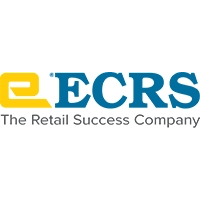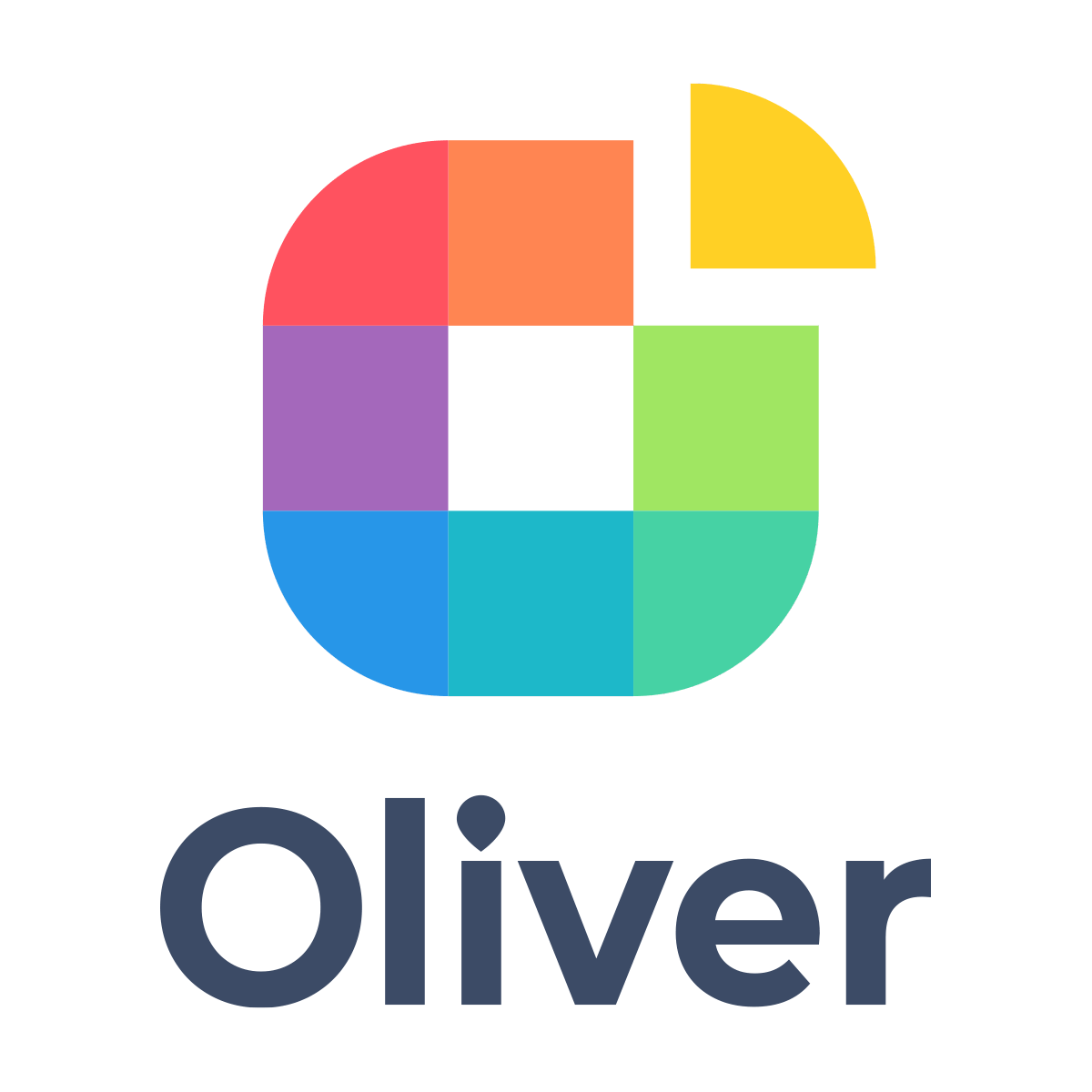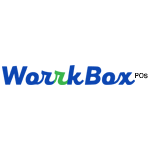Description

ECRS

Sellacious
Comprehensive Overview: ECRS vs Sellacious
Certainly! ECRS and Sellacious are two distinct platforms that serve different purposes in the realm of business solutions, particularly focusing on retail management and ecommerce, respectively. Here's a comprehensive overview of each:
ECRS (Economical Computer Register Systems)
a) Primary Functions and Target Markets
- Primary Functions: ECRS is known for its comprehensive retail management software solutions that cater to a broad range of business needs. Its key product is the CATAPULT retail POS (Point of Sale) system, which provides point-of-sale, inventory management, and customer loyalty functionalities. The system is designed for seamless integration across an enterprise, enabling streamlined operations, centralized control, and robust reporting capabilities.
- Target Markets: ECRS primarily targets grocery stores, natural product retailers, co-operative markets, and other similar retail environments. It is tailored for businesses that require sophisticated inventory controls and seamless customer service at the point of sale.
b) Market Share and User Base
- Market Share: ECRS occupies a niche market segment, particularly in the grocery and specialty food retail sector. While not as broadly used as some of the larger POS providers like Square or Clover, ECRS has a significant presence in its targeted retail niche.
- User Base: The user base comprises mainly small to mid-sized retail operations, co-ops, and independent grocers that require tailored and reliable POS functionalities coupled with robust inventory management.
c) Key Differentiating Factors
- Enterprise Integration: ECRS stands out for its robust enterprise integration capabilities. It allows retailers to manage multiple store locations from a single platform.
- Focus on Grocery and Specialty Retail: The system includes specialized features such as fresh item management and scale integration, which are crucial for its target market.
- Customer Loyalty Programs: The platform offers built-in loyalty programs that are easy to implement and manage, helping retailers create personalized marketing approaches.
Sellacious
a) Primary Functions and Target Markets
- Primary Functions: Sellacious is a powerful ecommerce platform designed to facilitate multi-vendor online marketplaces. It provides sellers with tools to create and manage their own digital storefronts within a larger marketplace, complete with inventory management, order processing, and payment solutions.
- Target Markets: Sellacious is targeted towards entrepreneurs and businesses looking to establish multi-seller marketplaces similar to platforms like eBay or Etsy. It caters to both small businesses and larger enterprises aiming to scale and manage diverse product offerings.
b) Market Share and User Base
- Market Share: In the ecommerce space, Sellacious competes with other marketplace software solutions such as Magento Marketplace and MultiVendorX. It is more of a specialized tool within its space due to its focus on ease of use and flexibility.
- User Base: Its users include small-to-medium-sized businesses and startups looking for an affordable and scalable ecommerce marketplace solution.
c) Key Differentiating Factors
- Multi-Vendor Capabilities: Sellacious differentiates itself through its focused capabilities to support complex multi-vendor environments, allowing numerous sellers to manage independent storefronts.
- Customization and Flexibility: The platform offers high levels of customization, enabling businesses to tailor their marketplaces to unique brand and operational needs.
- Ease of Use: Sellacious is noted for its user-friendly interface and simplified setup process, lowering the barrier for entry for businesses new to ecommerce.
Conclusion
In summary, while ECRS and Sellacious both aim to optimize retail operations, they do so in different ways. ECRS excels in physical retail spaces with its integrated POS systems and enterprise management tailored for groceries and specialty stores. In contrast, Sellacious provides robust solutions for online multi-seller marketplaces, empowering ecommerce stakeholders with flexible and user-focused tools. The choice between them primarily depends on whether a business is focused on enhancing physical retail operations or building an expansive online marketplace.
Contact Info

Year founded :
1940
Not Available
Not Available
Not Available
Not Available

Year founded :
2015
+91(408) 821-8283
Not Available
India
http://www.linkedin.com/company/sellacious-commerce
Feature Similarity Breakdown: ECRS, Sellacious
To provide a comprehensive feature similarity breakdown for ECRS and Sellacious, we can examine core features, user interfaces, and unique attributes. Here’s a general comparison:
a) Core Features in Common
Both ECRS and Sellacious are platforms designed to facilitate retail operations, but there are certain shared core features:
-
Inventory Management:
- Both platforms offer tools to track and manage inventory efficiently.
-
Point of Sale (POS) System:
- ECRS's focus on POS is more brick-and-mortar-based, but it generally shares the basic transactional capabilities with Sellacious's e-commerce oriented system.
-
Order Management:
- Capabilities to manage and process customer orders from initiation to completion.
-
Customer Relationship Management (CRM):
- Basic tools for managing customer relationships and data are available in both systems.
-
Reporting and Analytics:
- Comprehensive sales and performance report generation is a feature common to both.
b) User Interface Comparison
-
ECRS:
- Typically provides a user interface tailored for retail environments with an intuitive lineup for fast-paced POS transactions.
- Has a more traditional design focus aimed at ease of use for store employees.
-
Sellacious:
- More modern, web-based dashboard tailored for e-commerce businesses.
- Offers a customizable admin interface allowing flexibility for sellers to modify the layout and widgets according to their specific needs.
c) Unique Features
-
ECRS Unique Features:
- Advanced POS Hardware Integration: Offers a variety of hardware options tailored for conventional retail stores.
- Co-op Management: Specific features designed to accommodate cooperative retail operations.
- Self-Checkout Solutions: Includes unique self-checkout systems aimed at improving retail efficiency.
-
Sellacious Unique Features:
- Multi-Vendor Marketplace: Provides a strong infrastructure for building online marketplaces with distinct vendor management tools.
- SEO & Marketing Tools: Integrated tools for search engine optimization and marketing, specifically for online sales.
- Customizable Product Catalog: More flexibility in terms of digital product displays and custom attributes, beneficial for varied e-commerce needs.
In summary, while ECRS and Sellacious share core functionalities in inventory and order management, they cater to different markets: ECRS being more suited for physical retail stores, and Sellacious focusing on e-commerce and online marketplaces. The difference in interface and unique features reflects their respective market focuses, making them suitable for different types of users and business models.
Features

Inventory Management
Sales Reporting
Employee Management
Customer Relationship Management

Customer Management
Marketing Tools
Reports and Analytics
Sales and Orders
Product Catalog
Best Fit Use Cases: ECRS, Sellacious
ECRS (Electronic Cash Register Systems) and Sellacious are solutions catering to different aspects of businesses, primarily in the retail and e-commerce domains. Let's explore their best fit use cases, scenarios, and how they cater to various industry verticals or company sizes.
ECRS
ECRS typically refers to robust point-of-sale (POS) systems designed to streamline checkout processes in physical retail environments.
a) Best Fit for ECRS
- Retail Stores: Traditional brick-and-mortar stores, such as supermarkets, convenience stores, and specialty shops, benefit significantly from ECRS solutions. These systems help in managing sales, inventory, and customer data efficiently.
- Grocery Chains: ECRS systems are particularly suited for grocery chains that require fast, reliable, and integrated checkout processes.
- Quick-Service Restaurants: Fast food and quick-service operations, where speed and accuracy are critical, can leverage ECRS for efficient order processing and inventory management.
d) Industry Verticals and Company Sizes
- Small to Medium Enterprises (SMEs): ECRS provides scalable solutions that can be customized for small to medium-sized businesses, allowing them to manage inventory, sales, and customer relationships effectively.
- Large Retail Chains: For large-scale retail operations, ECRS systems offer advanced features like multi-store management, detailed analytics, and supply chain integration.
- Healthcare Retail: Pharmacies and healthcare retail operations can use ECRS for managing prescriptions, inventory, and customer interactions in compliance with healthcare regulations.
Sellacious
Sellacious is an e-commerce platform designed for building and managing online marketplaces and stores.
b) Preferred Scenarios for Sellacious
- Multi-Vendor Marketplaces: Ideal for businesses looking to create platforms similar to Amazon or Etsy, where multiple vendors can list and sell their products under one digital roof.
- Niche Online Stores: Businesses focusing on niche markets can use Sellacious to tailor their e-commerce functionality according to specific market needs, providing unique user experiences.
- Startups and Entrepreneurs: Those looking for a quick-to-launch, feature-rich e-commerce platform find Sellacious attractive due to its flexibility and scalability.
d) Industry Verticals and Company Sizes
- Small Businesses and Startups: Sellacious provides tools and features that are beneficial for small businesses and startups, enabling them to establish an online presence with minimal investment and technical expertise.
- Mid to Large Enterprises: Companies looking to expand into global markets or develop complex e-commerce solutions with extensive product catalogs can leverage Sellacious's capabilities.
- B2B E-Commerce: It's an excellent choice for B2B platforms that require sophisticated pricing models, bulk order processing, and customized workflows.
Summary
Overall, ECRS is best suited for businesses with physical retail operations, particularly those requiring sophisticated POS systems. In contrast, Sellacious targets the online marketplace and e-commerce realm, ideal for businesses aiming to establish or expand their digital sales footprint. Both solutions cater to a wide range of industries and business sizes but are optimized for different operational contexts—ECRS for tangible retail interactions and Sellacious for digital commerce platforms.
Pricing

Pricing Not Available

Pricing Not Available
Metrics History
Metrics History
Comparing teamSize across companies
Conclusion & Final Verdict: ECRS vs Sellacious
To conclude the evaluation of ECRS and Sellacious, let's examine the value proposition, pros and cons, and provide recommendations for selecting the suitable product based on user needs.
Conclusion and Final Verdict:
a) Best Overall Value: When evaluating ECRS and Sellacious, the best overall value largely depends on the specific requirements and scale of the business. ECRS tends to be a more robust solution suited for larger enterprises with complex needs, particularly in retail environments, while Sellacious offers a more flexible and affordable option for small to medium enterprises focusing on eCommerce expansion.
b) Pros and Cons:
ECRS:
-
Pros:
- Comprehensive retail management solution with features like inventory management, point of sale, and customer loyalty programs.
- Highly scalable, making it suitable for larger operations or businesses planning to expand.
- Strong support network and reliable customer service.
-
Cons:
- Higher cost and potentially more complex to implement, which can be a barrier for smaller businesses.
- May require extensive training for staff due to the sophisticated nature of the platform.
Sellacious:
-
Pros:
- Flexible eCommerce platform designed for easy customization and scalability at an affordable price point.
- User-friendly interface conducive to quick implementation and minimal training.
- Extensive marketplace features that support multi-vendor setups.
-
Cons:
- May lack some advanced features required by larger enterprises or those in the retail sector with specific needs.
- Dependency on the open-source community for updates and support could present challenges in certain situations.
c) Recommendations for Users:
-
For Larger Enterprises: ECRS is likely the more suitable choice due to its comprehensive nature and support for complex retail environments. Its robust feature set justifies its higher cost for businesses that need enterprise-grade solutions.
-
For Small to Medium Enterprises or Startups: Sellacious offers great value for businesses focusing on eCommerce, thanks to its affordability, ease of customization, and user-friendly nature. It is ideal for those prioritizing flexibility and cost-effectiveness.
-
Specific Use-Case Considerations: If your business needs sophisticated inventory and retail management, go for ECRS. Conversely, if you're looking to quickly establish an online presence with a multi-vendor marketplace, Sellacious may be more beneficial.
In summary, selecting between ECRS and Sellacious should be guided by the specific needs of the business, the scale of operations, and budget considerations. Careful assessment of current and future business goals will assist in making an informed decision.
Add to compare
Add similar companies




